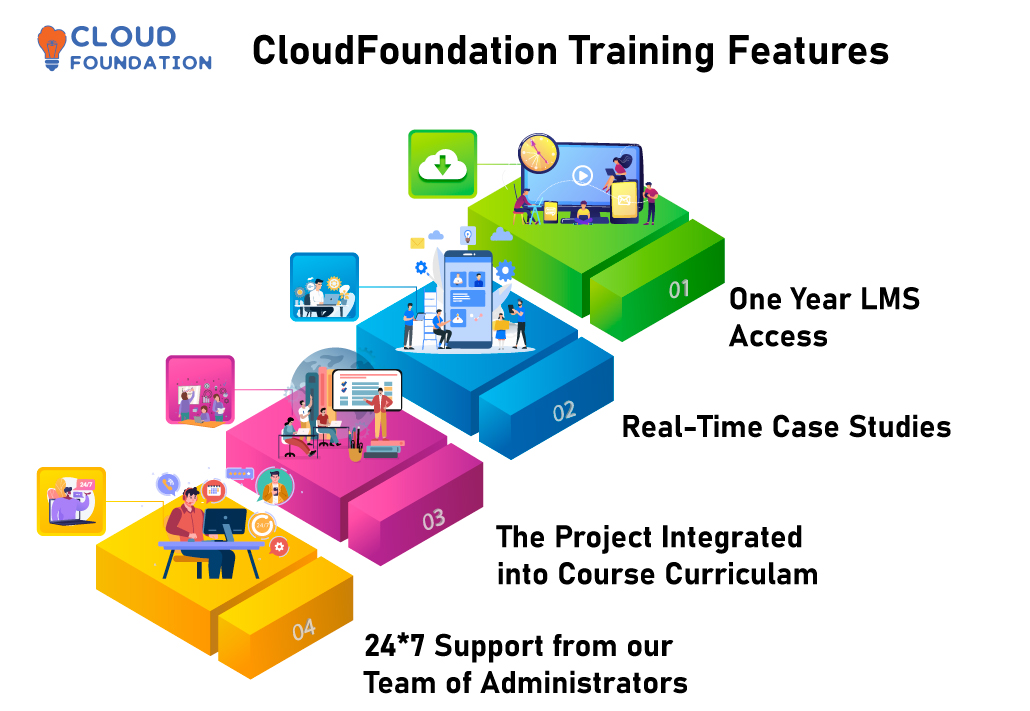Okta Training – The only IAM Course you need
Okta Training – The only IAM Course you need
⏰24 hours | ▶️ 24 Videos | 📣 9348 Participants | 🎓 4855 Reviews | 4.9 ⭐⭐⭐⭐⭐
Choose a Plan that Works for You
Self Paced
- Advanced sessions
- Interview Q&A
- Free study Materials
- Premium Technical support
Instructor Led Live Training
- Live Instructor
- Advanced sessions
- Interview Q&A
- Premium Technical Support
Corporate Training
- Live Instructor
- Advanced sessions
- Interview Q&A
- Premium Technical Support
Upcoming Batches PST
Weekday
| Dec 11(1 HR A DAY) |
| 07:00 PM IST |
| Enroll Now → |
Weekday
| Dec 26(1 HR A DAY) |
| 07:00 AM PST |
| Enroll Now → |
Weekend
| Dec 27(1 HR A DAY) |
| 07:00 PM PST |
| Enroll Now → |
Upcoming Batches IST
Weekday
| Dec 12(1 HR A DAY) |
| 07:00 AM IST |
| Enroll Now → |
Weekday
| Dec 26(1 HR A DAY) |
| 07:30 PM IST |
| Enroll Now → |
Weekend
| Dec 28(1 HR A DAY) |
| 07:30 AM IST |
| Enroll Now → |
Course Description
Okta Training, You certainly go through the advanced platform, which is a cloud-based identity security tool that connects all your applications, logins, and devices.
This course welcomes you with new categories too. Like it is a platform that runs upon identity-as-a-service, which is a subset of cloud computing.
Okta was the apparent option for us to handle the various cloud apps we use to run our company.
As you will attend Online Classes for this Training, you will learn a lot more things about Okta functionalities.
Okta offers cloud software that enables companies to automate and protect user authentication in applications and for developers to integrate identity controls into apps, websites, web services, and computers.
Okta Certified Professionals are well-versed in the principles of safe identity management and mobility. In addition, they have firsthand experience performing day-to-day organizational activities to assist Okta users.

Course Content
1.Introduction to SSO
- Identity and Access Management with Okta: An Introduction
- Introduction to Workforce Identity
- Manage Users and Groups in okta
2.Universal Directory, User and Group Management
- Integrate Okta with Active Directory-Mastered Users
- OKTA Universal Directory Concept
- Profile Editor Concept
- Manage Application Single Sign-On (SSO)
3.Application Integration
- SAML Application Configuration with OKTA
- SWA Application Configuration with OKTA
- Bookmark Application Configuration with OKTA
- Open ID Connect Configuration with Okta
- Oauth Configuration with Okta
- Automate Lifecycle Management
4.Rules and Policy in okta
- Implement Multifactor Authentication (MFA)
- Implement Sign on Policy
- Implement Application Sign on Policy
- Group Rules
- Authorization Server Rules
5.OKTA
-
Intro to OKTA
- Compare OKTA with Active directory Federation Server
- OKTA Architecture
- OKTA Universal Directory Concepts
- Groups and Group rules
- Self-service registration
- Profile Editor Concepts
- Types of Administrators and their permissions
- Implement and configure MFA
- Configure adaptive MFA
- Configure Networks
- SAML Application Configuration with OKTA
- SWA Application Configuration with OKTA
- Bookmark Application Configuration with OKTA
- OIDC Application Configuration with OKTA
- Manage SSO and Provisioning
- Reports and System log
- Basic troubleshooting steps for OKTA in SAML perspective
6.API Access Management
- API access Management
- Use of API token
- Configure Trusted Origin
- Configure Authorization Server
- Different Kind of Admin Role in okta
- Rest API
- Use of API call in Postman
- Learn about different kind of token Access token, ID token, Refresh Token
- Learn about postman tool
- Bulk user creation, Deletion by API call
- Assigned Bulk User to a group by API call
- Configure Universal Directory and User Profiles
7.Okta End User Support
- Navigating the Okta Help Center
- Modifying your OKTA instance look and feel
- Walk Through of OKTA console and explain each topic in detail
- Monitoring OKTA Trust Portal
- Contacting OKTA Support in case of support
- Best Configuration practices for an OKTA Instance
8.Troubleshooting
- Different Kind of end User login issue
- SAML based Application Troubleshooting
- OIDC based Application Troubleshooting
- Policy and MFA issues
- Discuss Different Type of API call
9.Lab
- How to Make Account in Okta
- Create Users and groups in Okta
- Create Group Rule
- How to Make a server and deploy AD role into the server
- AD integration with Okta
- Service Now (Saml Based Application) Integration
- Open ID Integration with OIDC debugger
- Facebook Integration with okta (SWA bases Application)
- Implementation of Password Policy
- Creation of Network Zone
- How to Generate reports in Okta
- Configure MFA into different Application
- Postman setup
- Postman Setup with Okta
- How to Use API Calls
- Cover Each Tab of Okta
10.Requirements
- Basic understanding of Identity and Access Management
- Basic familiarity with Active Directory
- Basic networking knowledge
- Access to an Okta org (free trial is fine)
- Access of Azure (Free trail is Fine)
- Postman Tool
- Laptop with Window 10/8
11.Students will learn how to
- Integrate Okta into an existing organization
- Identify the features and functions of Okta
- Create and configure user accounts within Okta
- Integrate Okta with AD
- Create and manage groups
- Configure applications for secure access
- Configure password policies and multi-factor authentication
- Many More (Full Okta Content mentioned above)
